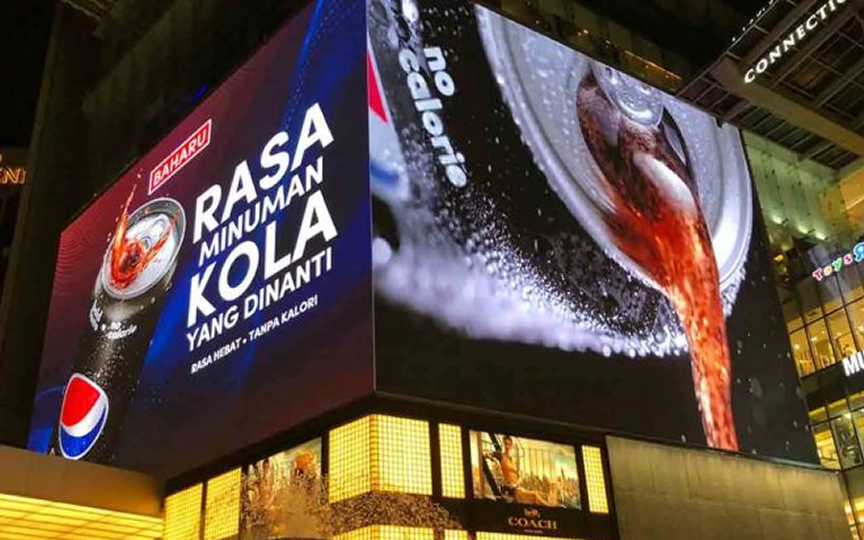When purchasing an LED display, one of the most common questions is: how much does it cost? The answer depends on a range of factors. LED display prices vary widely based on screen specifications, usage environment, and additional technical requirements. Understanding these factors will help you choose a display that fits both your application and your budget.

Pixel pitch is one of the main price drivers. A smaller pixel pitch means a higher pixel density, delivering clearer images but also increasing the manufacturing cost. For example, an indoor LED screen with a 1.5mm pitch will be much more expensive than a 4.8mm outdoor screen of the same size. This is because the smaller the pixel pitch, the more LED lamp beads and more advanced processing technology are required.
Screen size also directly affects the price. The larger the display, the more LED modules, power supplies, and cabinets are needed. A giant outdoor advertising screen will cost far more than a small shopfront display, simply due to the amount of material and components involved.
The usage environment determines whether you need an indoor or outdoor LED display. Outdoor screens are built with weatherproof, dustproof, and waterproof designs to handle rain, heat, and sunlight. They also require higher brightness levels to remain visible in daylight, which increases production costs. Indoor screens, on the other hand, have lower brightness and no need for weather protection, so they are generally less expensive.
The type of LED display will also influence the price. For example, transparent LED displays used on glass walls are priced higher than conventional models because of their unique structure and visual effects. Rental LED displays are designed to be lightweight and easy to assemble or disassemble, making them slightly more costly due to the special cabinet materials and locking systems.
Brightness is another factor. Outdoor screens often require 5000 to 8000 nits of brightness to compete with direct sunlight, while indoor screens may only need 800 to 1200 nits. Higher brightness requires higher-quality LED chips and power systems, leading to higher costs.
Cabinet material plays a role as well. Die-cast aluminum cabinets are common in rental and high-end fixed installations because they are lightweight, durable, and rust-resistant, but they are pricier than basic steel cabinets.
Control systems, processors, and other electronics will also affect the price. A high refresh rate, fine color calibration, and stable signal processing improve the display quality but add to the total cost. If your project requires high-end visual performance, it’s worth investing in better processing systems.
Lastly, customized designs, installation support, and after-sales service packages will add to your project budget. Companies that provide full-service solutions—such as design consultation, structure customization, and on-site installation—typically charge more but also reduce your project risks.
In short, the final cost of an LED display depends on multiple factors: pixel pitch, size, application environment, brightness, material selection, control system quality, and whether customization is needed. Choosing a reliable manufacturer who clearly explains these details will help you get the most suitable LED display for your needs without overspending.

